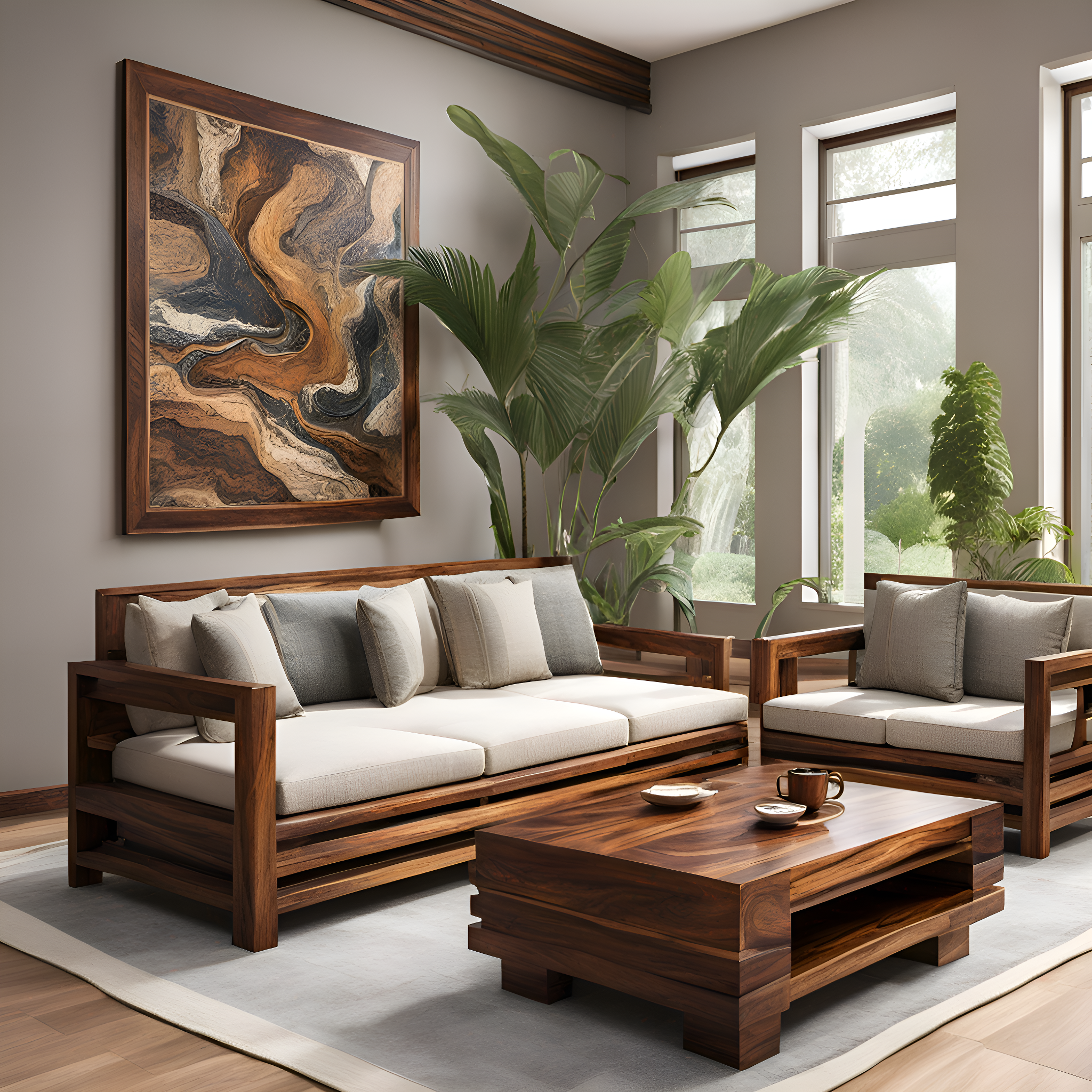The Most Recent Trends in Sustainable Furniture Design for Eco-Conscious Purchasers
Trendy and sturdy: The very best Materials for Long-Lasting Furnishings
The choice of materials for furnishings style is a critical factor in attaining both durability and design. Woods like oak and maple not only provide visual warmth but also supply exceptional strength, while crafted wood provides an appealing alternative for budget-conscious consumers - Furniture.
Strong Timber Options

Softwoods like ache and cedar also existing practical choices, albeit with various attributes. Pine is easy and light-weight to deal with, making it an outstanding selection for rustic furniture, while cedar is naturally resistant to decay, perfect for outdoor applications.
When choosing a timber type,It is necessary to consider the intended use of the furniture. For instance, items that sustain heavy wear must focus on tougher woods, while ornamental things might gain from softer, much more visually attractive selections. Eventually, the right option of solid timber not only enhances the longevity of the furniture yet additionally elevates the general visual of the space.
Engineered Timber Conveniences
Engineered timber, typically described as composite wood, provides various advantages that make it a compelling option for resilient furnishings. Among the primary benefits of engineered wood is its enhanced stability compared to strong timber. Built from layers of wood fibers or veneers, it reduces the risk of bending and fracturing, which prevail concerns with natural wood as a result of modifications in humidity and temperature level.

Furthermore, engineered wood is an eco-friendly alternative, as it utilizes smaller trees and wood byproducts, advertising sustainable forestry practices. The manufacturing process likewise causes less waste, making it a liable selection for eco-conscious customers.
Steel Toughness
Offering exceptional stamina and strength, metal is a prime material option for resilient furniture. Recognized for its longevity, steel can stand up to considerable damage, making it an ideal alternative for both household and commercial settings. Whether it is steel, light weight aluminum, or wrought iron, each kind of metal offers unique residential or commercial properties that contribute to the general sturdiness of the furniture.
Steel, for example, is celebrated for its high tensile stamina and resistance to flexing, making sure that pieces remain structurally sound gradually. Aluminum, on the various other hand, is immune and light-weight to rust and corrosion, making it specifically appropriate for outdoor furnishings. Wrought iron, with its standard allure, flaunts outstanding resilience and can sustain extreme weather conditions without endangering its stability.
Along with its physical residential properties, metal furnishings often goes through safety therapies, such as powder finish or galvanization, which additionally boost its resistance to scratches and environmental elements. This degree of toughness makes steel furniture a beneficial investment, as it not just preserves its aesthetic charm however also stands the examination of time, ensuring capability for several years to find.
Upholstery Choices
Selecting the best furniture is important for improving both the sturdiness and visual charm of furnishings. Upholstery materials can dramatically impact the longevity of a piece, with choices ranging from all-natural fibers to artificial fabrics.
All-natural fibers, such as cotton and linen, offer breathability and comfort yet may call for even more upkeep to endure fading and put on over time. On the other hand, woollen is a durable choice known for its resilience and resistance to staining, making it suitable for high-traffic areas.
For those looking for toughness with less maintenance, synthetic materials like polyester and nylon supply outstanding options. These textiles are usually engineered to be fade-proof and stain-resistant, making them optimal for family members with children or pets. Microfiber, a subtype of polyester, is particularly prominent for its his explanation soft structure and very easy cleansing residential or commercial properties.
Natural leather, while often much more costly, adds an ageless elegance to furniture. Its natural sturdiness enables it to age beautifully, establishing an one-of-a-kind patina in time. It calls for certain maintenance to preserve its appeal.
Eventually, choosing upholstery involves balancing aesthetic preferences with functional factors to consider, ensuring that the furniture not only looks good but also stands the test of time. Furniture.
Sustainable Products
Stressing ecological responsibility, sustainable materials have actually gotten importance in furniture style, showing a growing recognition of eco-friendly effect. These materials not just lower the carbon footprint however likewise make certain the long life of furnishings, adding to a circular economic situation.
Typical sustainable products include recovered timber, which repurposes existing hardwood, minimizing the demand for logging. Bamboo is an additional exceptional selection; it is fast-growing and requires very little resources, making it a green choice to standard hardwoods. In addition, recycled steels and plastics are progressively used in furniture manufacturing, advertising waste reduction and resource preservation.
Natural fibers such as natural cotton, hemp, and linen are preferred for upholstery, as they More Bonuses are totally free and eco-friendly from damaging chemicals. Making use of low-VOC (unstable organic substances) finishes and visit their website adhesives even more improves the sustainability of furnishings, ensuring much better interior air quality.
Final Thought
Solid woods like oak and maple provide toughness and special personality, while crafted wood supplies security and cost-effectiveness. Sustainable products such as redeemed timber and bamboo contribute to ecological responsibility, making them suitable for contemporary furniture remedies that focus on both design and longevity.
Engineered timber, commonly referred to as composite wood, uses countless benefits that make it a compelling selection for resilient furniture. One of the primary benefits of crafted timber is its improved security compared to solid wood. Constructed from layers of timber fibers or veneers, it reduces the risk of bending and cracking, which are usual problems with all-natural timber due to modifications in humidity and temperature.
Strong timbers like oak and maple give toughness and distinct personality, while engineered timber supplies stability and cost-effectiveness. Lasting materials such as reclaimed wood and bamboo contribute to ecological obligation, making them excellent for modern furnishings services that focus on both style and sturdiness.